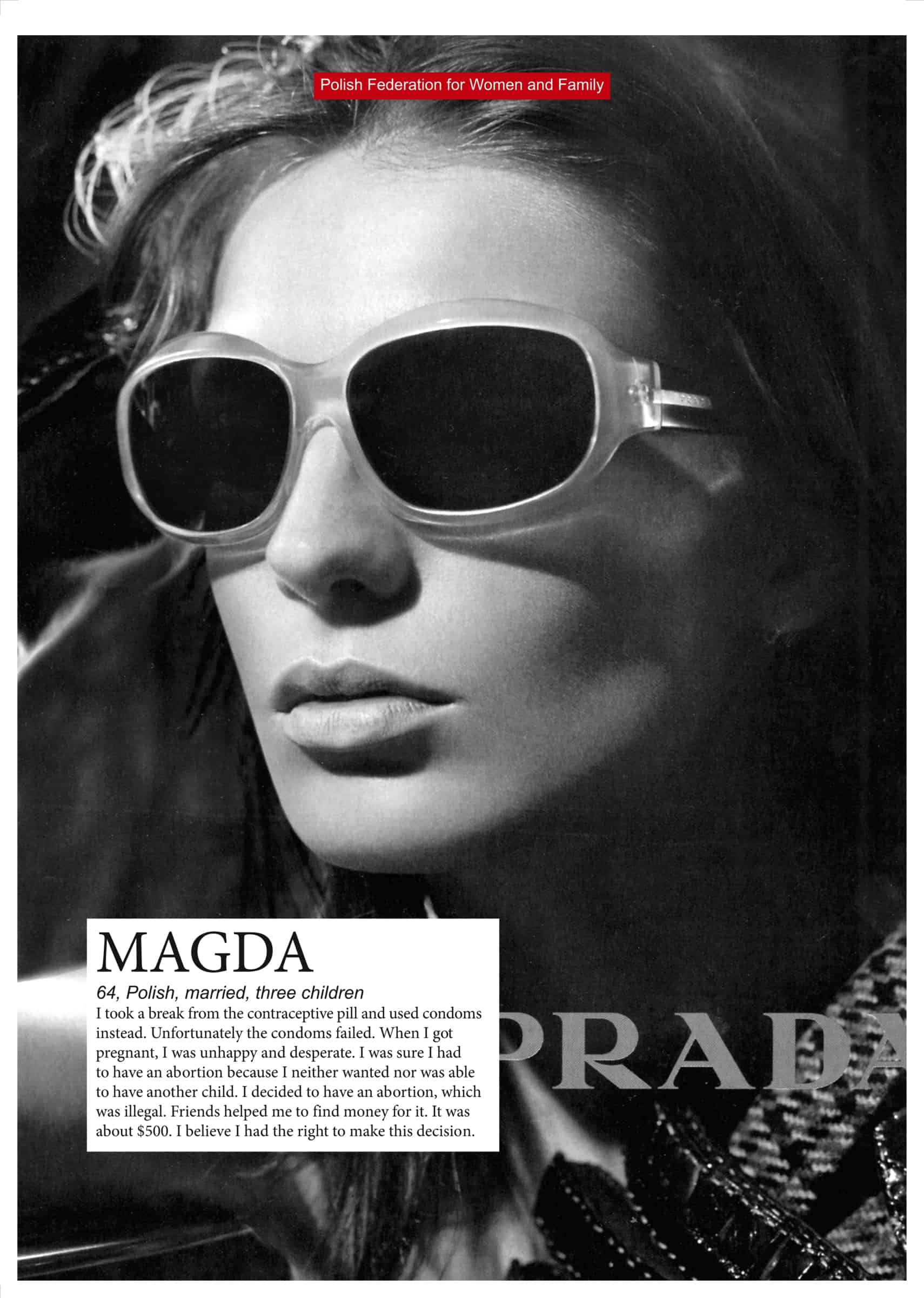Since 2010, the Art Collection Deutsche Telekom has been focusing on contemporary art from Eastern and South-Eastern Europe. Parts of the collection have been already exhibited in Berlin, Bucharest, Warsaw, and Zagreb. We interviewed the curators Rainald Schumacher and Nathalie Hoyos.

Nathalie Hoyos Rainald Schumacher © Office for Art, Berlin
Read our conversation on their visions for Art Collection Deutsche Telekom, the importance of art from Central and Eastern Europe and their pivotal role as curators of contemporary art.
VC: What were your initial visions for Art Collection Deutsche Telekom and did these visions play out?
We knew from earlier engagements with private and public collections that a serious collection takes on very soon a life of its own. Works of art are demanding as well as looking for audiences, visibility, different approaches, and new translations. They initiate a complex narration with many multi-layered storylines. These stories are intriguing you and you want to follow up and continue with other layers of the narration. It was indeed not predictable that a corporate partner would go along this path. But it happened and soon the Art Collection Deutsche Telekom was really getting a life of its own. Clear proof of this is the great importance we attach to the public presentations of the works. We succeeded in communicating one of our basic understandings of contemporary art, namely, an important tool in communication about the world, about life and the fun of it.
VC: Why is the main focus on art from CEE?
Frankly, we were a bit bored with the predictable processes and the “life-style” aspects of the rituals of contemporary art in the well established markets in the Western hemisphere. The interest started, when we realised – before the first discussion about the Art Collection Deutsche Telekom – that there are too many white spots on our mental art map. Somehow the other half of the European continent was missing, beside the very few artists, who had some standing in the general discourse. Now, it turns out that the collection has important implications and the potential for a greater and better understanding of diversity, different mentalities and the complexity in Europe.
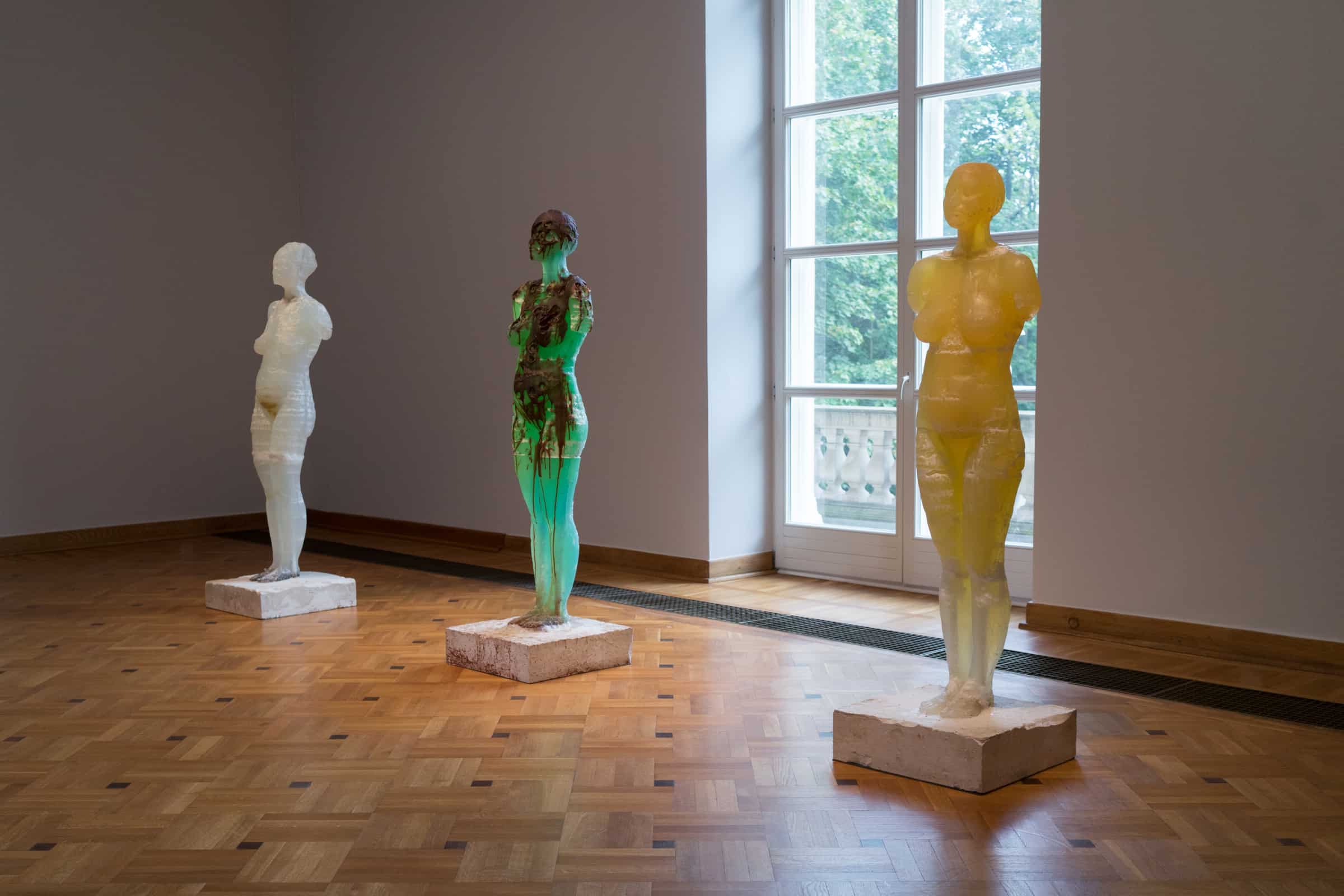
Maria Kulikovska, Homo Bulla, 2015, Installation view Krolikarnia, ©Art Collection Deutsche Telekom
VC: What kind of formats does Art Collection Deutsche Telekom use to highlight the history and art from Eastern and South Eastern Europe?
We made it very clear in the initial discussions with the board from Deutsche Telekom for the Art Collection that art in the corporate world should keep its internal values and is meant to be seen, exhibited and discussed. We are establishing collaborations with museum institutions to show different parts of the collection under various aspects to the public. A smaller part of the collection is on temporary display in the office buildings. Great efforts are also put in mediation via website and the Art Collection App. Most of our exhibition projects feature a guided tour through the exhibitions, which is accessible on the App.
VC: What are your main themes/topics of interest when it comes to art from Eastern and Southeastern Europe?
After the collapse of communist party dictatorships, symbolised by the fall of the Berlin Wall nearly 30 years ago, Western art and society continued to develop the global art market unhindered, obviously as a “winner” and apparently free from “social” scruples. In contrast, in most of the countries that were previously behind or “in front” of the Iron Curtain, there was a complete change of values, ideas and objectives. This radical shift and revolution of basic understanding, what might be reasonable goals in life, is often very intelligently reflected in contemporary art in Eastern Europe. This thoughtful approach is questioning and at the same time it develops perspectives for the future and it might have the potential of being corrective. It’s like an experimental arrangement that pushes the question: What do artists do when there’s no market? So we don’t have curatorial ideas. We simply try to understand, what is actually going on and what the artworks might communicate to the society.
VC: What parts of Eastern and South Eastern European history are addressed and how do you usually start a curatorial process of the art? Is there something you look for particularly?
Artists address themes and subjects they are concerned with through their own artistic language, all over the world. The works of the collection are no exception to that. But in many of the works, you can see some thematic threads: reflections on the social, economical, political changes of the region, the sovereignty of the interpretation of history, re-creating narratives of the past and visions for the future. Our curatorial process starts with research, travelling, talking to the artists, galleries and curators of the local scene. Once our interest is aroused, we dive deeper, looking for works that are convincing on an aesthetic, sensual and narrative level.
Sanja Iveković, Women´s House (Sunglasses), 2002-2004, ©Art Collection Telekom
Sanja Iveković, Women´s House (Sunglasses), 2002-2004, ©Art Collection Telekom
VC: What do you think is currently missing in the Eastern and South Eastern European art discourse?
What is missing? There is no dialogue at all between the public and contemporary art. There is no great interest in art as an important document of the present, in art as a financially attractive commodity, and certainly not in its potential to question thought and prejudice.
VC: How would you like to see this being addressed?
With our curatorial activities, be it for the Art Collection Deutsche Telekom or for our other freelance obligations, we try to establish encounters with the artworks and to initiate a dialogue. For our upcoming exhibition project‚ “Listen To Us – Artistic Intelligence”, which will take place at the European Cultural Capital Plovdiv 2019, we have already made quite some efforts to establish a strong mediation program addressed to kids, the general public and elderly people. An important part of the “curatorial” efforts is rather the translation of artworks. Transmitting the visual, sensual and aesthetic experience of art into language and into the daily life of the audience.
VC: How do you usually scout for talented artists?
We are quite well connected and travelling a lot. Listening to artists, gallerists, collectors museum people, reading, visiting exhibitions, fairs, studios… looking and staying sometime in the presence of a work. Sometimes a bell rings, sometimes again and again, questioning this feeling and taking a decision.
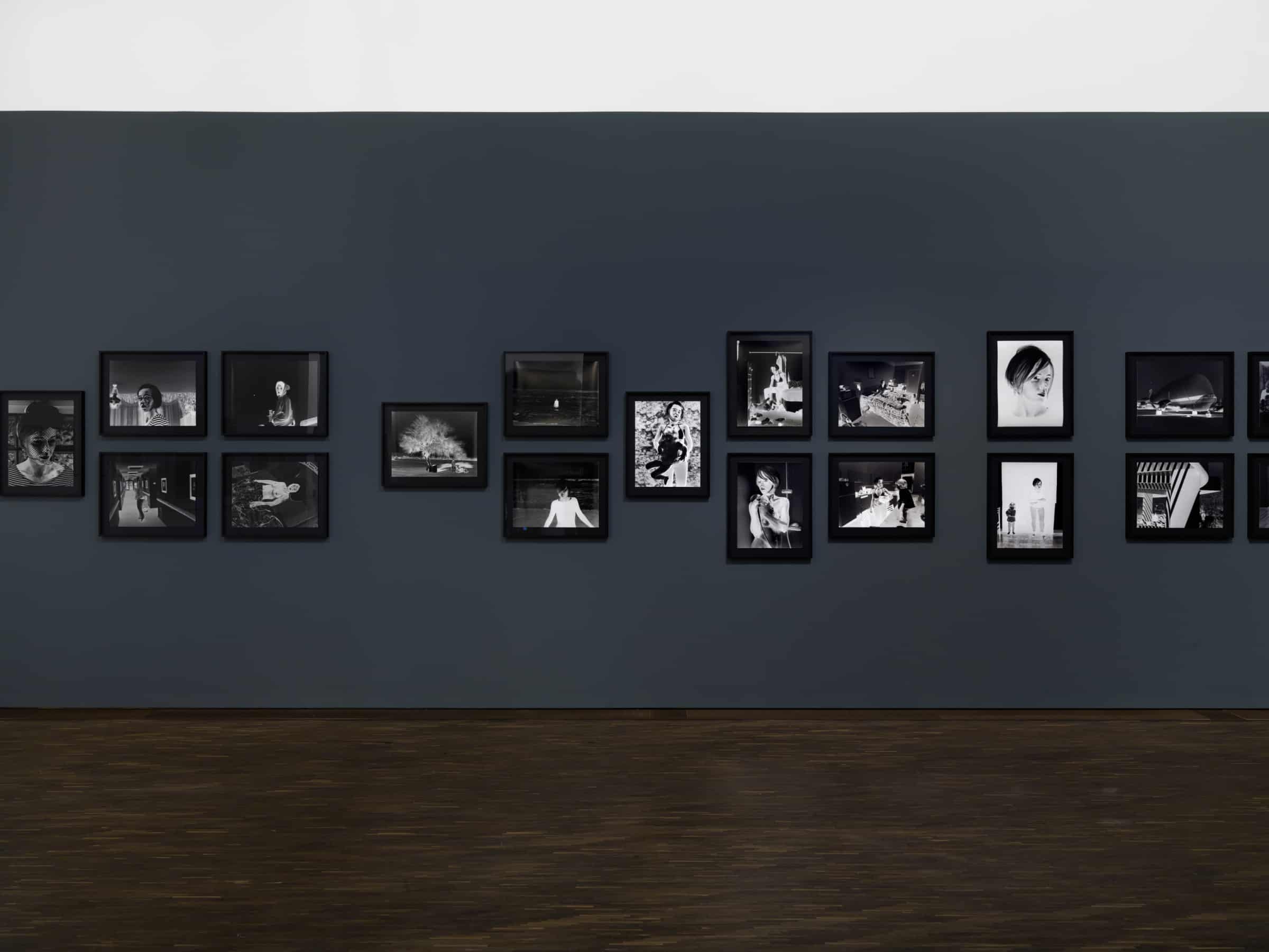
Negative Book, Aneta Grzeszykowska, Fragile Sense of Hope, me Collectors Room Berlin, 2016, Foto Bernd Borchardt
VC: Can you give an example of one artist in the collection whose artworks exemplify the vision of Art Collection Deutsche Telekom?
The first acquisition for the Art Collection Deutsche Telekom was in 2011 with a video work by Polish artist Agnieszka Polska. It’s actually‚ “Three Videos with Narration” and one of them is “Sensitization to Colour”. “Sensitization to Colour” reconstructs the room where the legendary Polish artist Włodzimierz Borowski (1930–2008) performed the work “Sensitization to Colours”, including objects used in the initial performance as well. The original performance in the Od Nowa Gallery in Poznań in 1969 was only visually recorded in a few black and white photographs. In the video, Agnieszka Polska imagines how the performance by this key figure of Polish avant-garde could have been staged and she created a kind of fictive historical documentation. Besides the fact that the first work for the collection was a video, therefore making a clear statement that the collection is open to all media, there are also important references in the work. For example, the reference to the discovery of the forgotten and to give it a new appreciation of the history and of the avant-garde in Eastern Europe. There is the question, who is in power to write history and art history. In this case, it’s the artist herself. And there is the question, what might be a reliable and trustworthy historic document. The work is a strong plea for artistic freedom and independence.
VC: What advice would you give an organisation or someone who would like to start corporate collecting?
They should talk to us and to ask themselves if they are open enough to let the art take over command – in the framework of the budget.
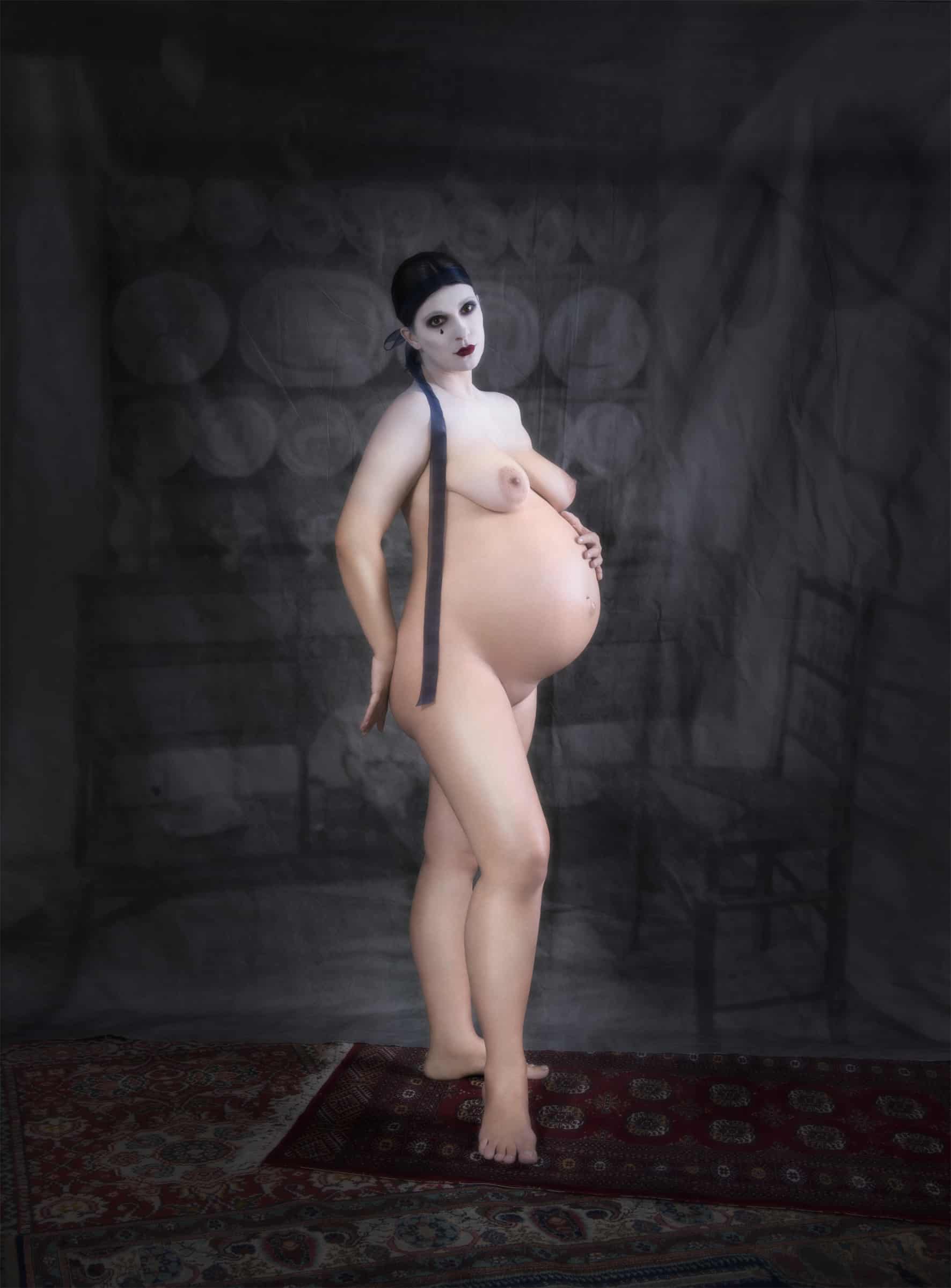
Sejla Kamerić, Embarazada, 2015, ©Art Collection Deutsche Telekom
VC: How does corporate collecting benefit young artists today?
There is no difference between a public, private or corporate collection in this sense. It’s good that through an acquisition the artists are having an income and some proof of trust, but if the work is then hidden in some closed cabinet, no one knows about it. And more importantly, it cannot take part in the process of historic evaluation.
VC: How do you see Art Collection Deutsche Telekom ten years from now?
There is a tendency and some interest in expanding the artistic language into the field of Virtual Reality, Gaming and Digital Experiences. There is a deeply democratic understanding around it. Making art accessible to everyone and everywhere, without the presence and need of a luxurious and unique object – adding to the language of art and also the beauty of an algorithm. Surely, Art Collection Deutsche Telekom will have to look into these tendencies very carefully.
Nathalie Hoyos
Studies of cultural management in Paris. Then working for the art collection and cultural sponsorship of Erste Bank. Responsible for visual arts, architecture, design, fashion and film at the State Secretariat for Arts and Media in Vienna. Curator at Belvedere in Vienna, exhibition planning and organization, co-operations with international art institutions. Conception and curator of the exhibition series ECHORAUM at the Art and Exhibition Hall of the Federal Republic of Germany, advising art collections and independent curatorial projects.
Rainald Schumacher
Profound experience in all related fields, which play a role for contemporary art, comes along with deep love for the arts. This passion is based on my firm conviction that art is a vitally important tool for communication about our shared realities. We support setup of private and corporate collections by developing successful strategies and by posing the right questions about political and cultural intentions and goals. I share my practical knowledge and understanding of art, which accumulated in the past by having worked for Gerhard Richter, for Galleries like Barbara Gladstone and Esther Schipper, for the Goetz Collection and for the Bundeskunsthalle of Germany.
Written by viennacontemporary
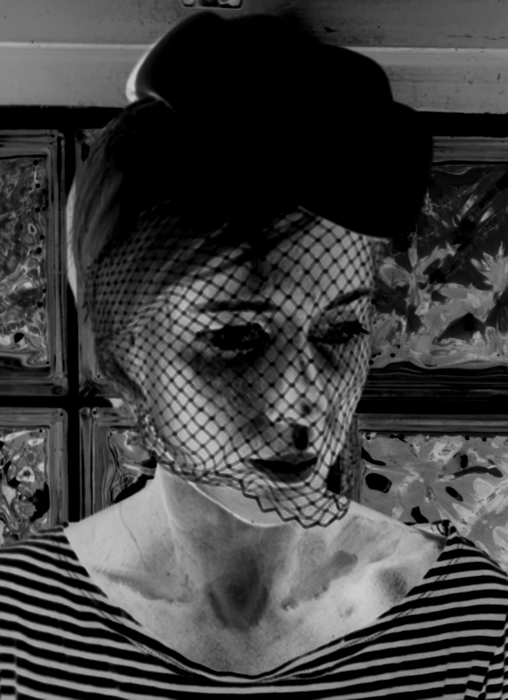
Aneta Grzeszykowska, Negative Book, 2012-2013, ©Art Collection Telekom




